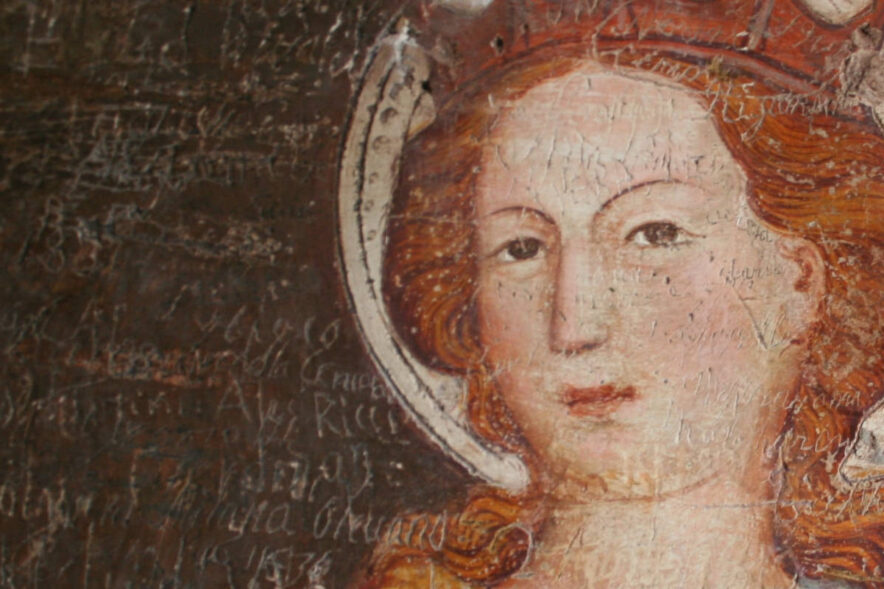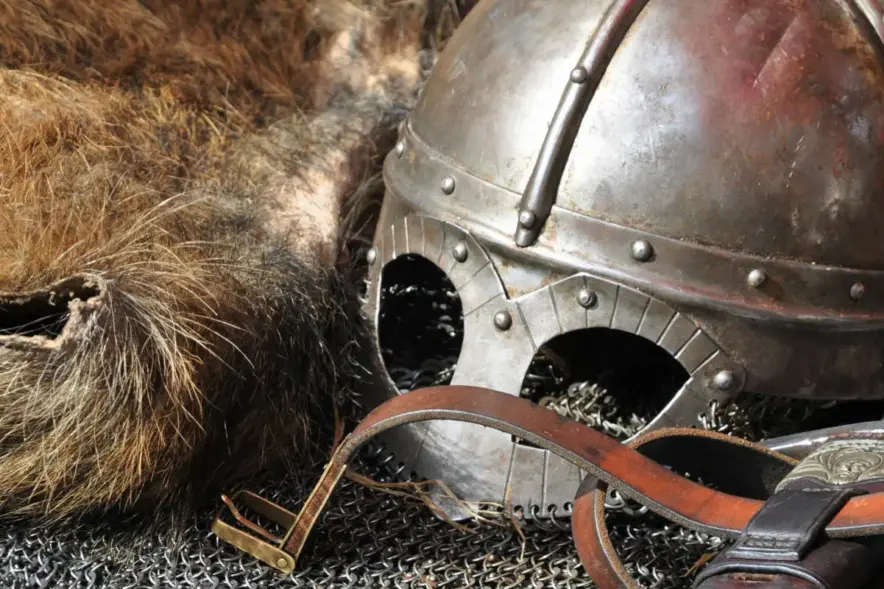(Not a reader? Take a listen instead ⇓) What’s beneath the skin of our collective Christian identity? Has Christianity...
Tag: christianity
Showed 46 to 54 posts out of 61 total under "Tag: christianity" category.
(Not a reader? Take a listen instead ⇓) Jesus looked around the table at the closest of his disciples...
(Not a reader? Take a listen instead ⇓) “He has told you, O human, what is good; And...
The last six months have been an unsettling and disruptive time for millions of people around the globe. The...
Deciding to become a Christian has its origins in believing the things about Jesus, certainly, in an intellectual sense;...
“Blessed are the peacemakers for they will inherit the earth.” | Matthew 5:9 (ESV) The Spiritual Warrior In Ephesians...
How we, as Christians, respond in times of crisis is not just vitally important for our own faith and...
“The cup of blessing that we bless, is it not a participation in the blood of Christ? The bread...











